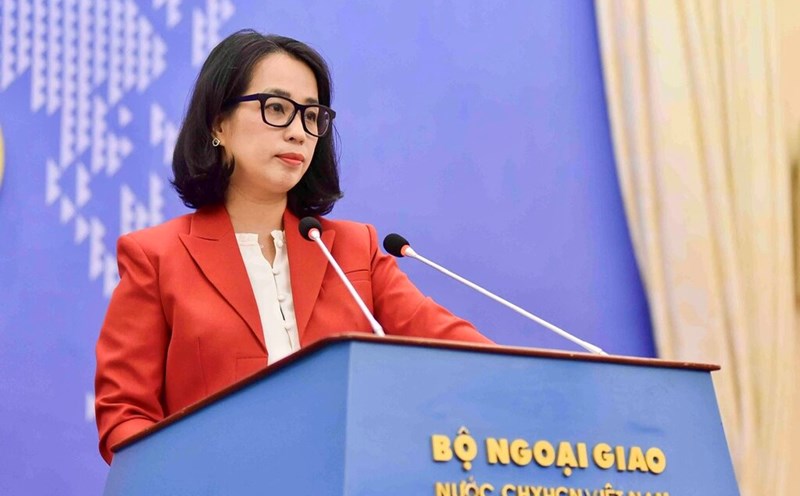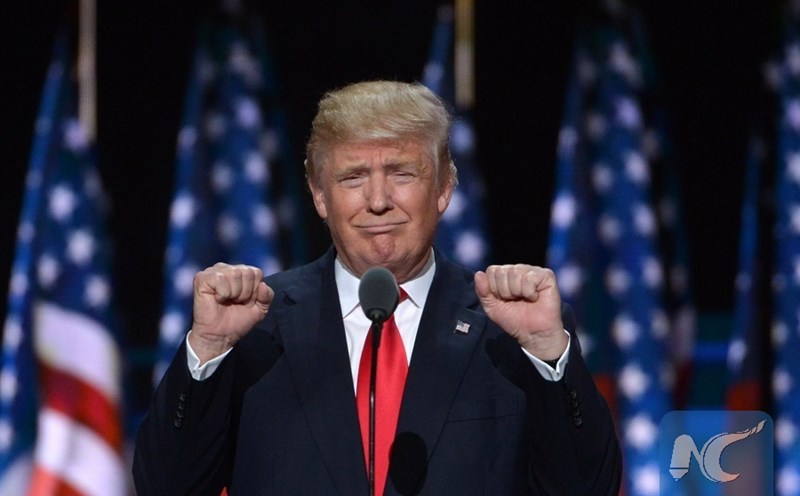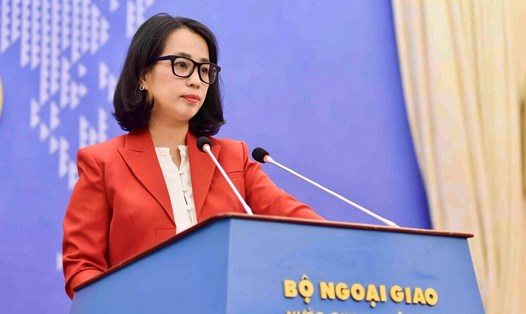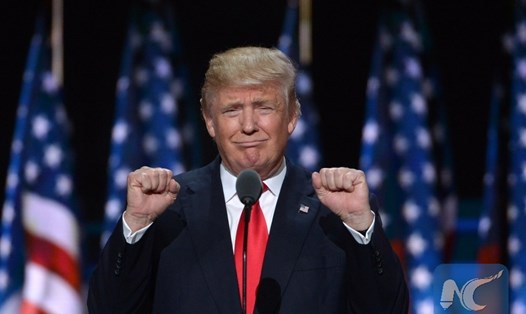US officials plan to conduct trade talks in a new format, setting common terms for many rounds of discussion regarding President Trump's counterpart tax policy, the Wall Street Journal reported on April 25.
The newspaper quoted many unnamed sources and a draft of the negotiation document as saying that US officials will use a framework developed by the US Trade Representative Office, which identifies major groups of issues that will be included in negotiations.
General categories for negotiation include: tariffs and quotas; non- tariffs on trade, such as regulations on US goods; digital trade; rules of origin for products; and economic security and other trade issues.
In those categories, US officials will clarify the requirements for each country, sources familiar with the matter pointed out, and emphasize that the document may be adjusted when the government has new requirements.
A spokesperson for the US Trade Representative Office (USTR) emphasized: USTR is working in a systematic and strict organizational framework, and at the same time, taking quick action with good-will trading partners. President Trump and the USTR have clarified US goals, and their trading partners have a good grasp of each thing they can propose separately."
According to sources, the US is looking to negotiate in a new framework with about 18 major US trading partners under a rotation mechanism in the next 2 months.
The initial plan was for 6 countries to participate in the first week of negotiations, 6 countries in the second week and 6 countries in the third week of negotiations.
The 18-national cycle will then repeat until the deadline set by the US on July 8. At that time, countervailing tariffs will come into effect for countries that have not reached a deal, unless President Donald Trump continues to extend the 30-day tax extension.
A source said the negotiation timeline could be delayed if negotiations encounter obstacles. This week, White House press secretary Karoline Leavitt informed that the US has received 18 paper-based trade proposals from trade partners and is reviewing them.
The Wall Street Journal is unclear which country will participate in the planned negotiations within the USTR. Some countries, such as India, seem to have gone further in trade negotiations with the US when they agreed to the general negotiation terms during US Vice President JD Vance's visit to New Delhi this week.
Mexico and Canada - the two largest trading partners of the US - may not participate in negotiations using the new trade framework because President Trump's countervailing tax will not apply to these two countries.
China, the US's third largest trading partner, may also discuss another direction, as President Trump imposes a much higher tariff, at least 145%, on Chinese goods.
For other countries, trade negotiations are still taking place at high and working levels.
Some trade partners said the US has not yet transferred specific demands to negotiations. For example, this week, the European Union's economic committee said that the bloc of 27 member states are still waiting for specific requests from the Trump administration. Meanwhile, the USTR insists the agency has repeatedly published a framework for the European side.











